|
Guest blog post by Ben Rai @BenRai
Sometimes you just need an adventure in life. Sometimes this urge for adventure can be fulfilled with a good video game. Graphics are becoming increasingly more life like and the worlds are open and seemingly never ending. The problem is not all of these modern games appeal, and we don't always have the time to explore these gigantic worlds due to the realities of life. This is where retro games come in handy. They provide an escape and can often be experienced in full within anything between 30 minutes to a couple of hours.
Though as much as I do love retro games, sometimes I feel as if I am living in the past, completing the same retro games I am comfortable with over and over. This is a feeling you can easily experience with your personal life too. I wanted to look forward and escape my zone of comfort while simultaneously taking solace in something somewhat nostalgic. The truth is this 'adventure' that I had planned was something more than just simply wanting to play a game I had never played. Ultimately playing a game is for fun, but the competitive side of me wanted to dedicate time to learning, mastering and conquering something within a month. I wasn't content just playing a game for fun I required a test of fortitude. I pondered what this could be for a short time. Flicking on my brother's SNES mini while visiting his house I scrolled the games on offer. Contra 3. Finished it on hard mode. Super Mario World. Finished it 100% more times than I could ever count. Super Castlevania IV? Already played it this year. Super Ghouls 'N' Ghosts...never dared to play it. So that is what I decided to do, without any real thought. I wasn't really looking for it, but I had found it. I had a very limited experience with this game. I was just aware that it was notoriously hard and I had witnessed my brother die an unrelenting amount of times on it back in the 90s. A fire in my stomach erupted - I am going to do this. I opened the options menu to see what the deal was — an otherwise simple black option menu with an obscurely over elaborate and majestic blue winding vine design with red gems adorning the screen's edges. Strangely beautiful for a game which is so willing to chew you up and spit you out even on it's "Normal" difficulty setting. Almost like an alluring treasure which once taken would trigger a hellish trap. The default difficulty setting alone is what gives a majority of people grief. So to my surprise there was a hard and professional difficulty too. What maniac would ever try that? Isn't the punishing normal difficulty enough? Apparently it wouldn't be for me, and so the journey begins — on normal difficulty anyway. The game (infamous for sending you right back to the beginning in order to complete it for a second time to get the true ending) begins in the classic Ghouls N Ghosts graveyard stage. You know — the stage 90% of people attempting to play this game give up on. Despite it being one of the earliest games by Capcom on the SNES the pixel art looks fantastic and the music is absolutely haunting. In fact, it was composed by a female composer called Mari Yamaguchi, she also did the soundtrack for Mickey Mouse's Magical Quest. Strangely, as different as the games may be they share a very distinct sound and I came to the conclusion long ago that the same composer must have been involved. Mari has a way of painting the haunting landscapes of the frozen forests and stormy seas with sweeping mysterious melodies, while conjuring up a sense of dark menacing evil and urgency in the third stage's fire dungeon full of flames and bloodied spikes. There is always a sense of something foreboding or mystical.The soundtrack is one that did not hit me as immediately as other games. However the soundtrack began to really become highlighted during the trials and tribulations of completing the game. Remember, we were going to die a lot of playing this game — so we needed music that would be cast upon our minds in a residual way, as opposed to be a quick fast jingle which could become increasingly annoying with each restart.
4 Comments
Some Retro Games suck! That's right, there are some video games that completely missed the mark when it came to impressing gamers. This is not a good thing clearly. I want to be fully immersed in a game if I pop a cartridge in my Super Nintendo. I don't want to be struggling to get to even ten minutes of gameplay. Sometimes we have to admit defeat: some retro games suck. Here are five retro games that I feel are not worth your hard earned cash or valuable play time.
Shaq Fu (1994) Imagine a famous basketball player becoming a character in Street Fighter 2. Now imagine that game game being absolutely awful in every way. Back in 1994 Shaquille O'Neal appeared in his very own 2D fighting game on the Sega Mega Drive and Super Nintendo. If this wasn't torture enough Shaq Fu also found its way on the Sega Game Gear, Amiga and Nintendo Game Boy in 1995. What makes Shaq Fu such a terrible game? Not only is the idea of Shaquille O'Neal becoming a legendary fighter a terrible one the gameplay is simply awful. The moves were very difficult to execute making gameplay feel more like a button mashing contest than a game based on skill. Not only that the punch and kick sound effects were incredibly dull. Multiply the button mashing with the dull, out of context sounds of kicks and punches and you pretty much have Shaq Fu. The music is also very painful and does nothing to heighten the experience of this wannabe fighting game. Luckily Shaq Fu does not grace my very own retro game collection, it would only serve to taint it.
The dust has finally settled. Not only are we getting a Sega Mega-Drive Mini (Genesis mini in the US) in just over 3 months’ time, we now already know all of the games that come with it. 42 titles, 13 of which are exclusive to the west.
As good news as this all is so far, there are reasons why the Sega Mega Drive Mini is both essential and, er, not. Starting with the good; Sega really seem to be aiming to get things right. M2 are handling the conversions, and given their expertise in that field it’s a sure-fire sign Sega aim to knock Sony’s lacklustre Playstation Classic out of the park. The choice of games also heralds quite a few tasty surprises. Castlevania: Bloodlines, Mega Man: The Wily Wars and Contra: Hard Corps are among the rarer and desirable classics on offer, as well as a very welcome return of Road Rash 2. Who knew Sega and EA even still talked? The console itself, at 55% the size of the original classic, certainly looks the part. Much like Nintendo’s mini editions, Sega’s effort looks aesthetically pleasing on the eye. It will come bundled with the traditional three-button controller, with support for the Retro-Bit six-button option, but hopefully Sega will listen and include a six-button as standard. Some of the games of course will demand one anyway. On the downside, many of the titles are a case of same old, same old. Sega have been releasing various Genesis/Mega Drive collections since the PS2 era, with the latest edition only being made available on Switch last December. No less than 24 titles (57% no less) make a reappearance on the Mega Drive Mini. But no one can argue that regardless of how many times they are released, many of these titles were key to the Mega Drive being a success. From Alex Kidd to World of Illusion, The Mega Drive Mini certainly looks to be worthy of our money and time. And so, in no particular order, here are the five inclusions I’m looking forward to the most.
Protests of the Extinction Rebellion across London to tackle climate change, something I personally feel strongly about because you know, it’s just the survival of all life on this planet. What a better way to celebrate humanity, when it comes to climate change then playing a game involving an earthquakes and tidal waves?
Ladies and gentlelads, I give you the PlayStation 2 cult classic, SOS: The Final Escape, also know Disaster Report for the folks across the pond and in Japan it is known as Zettai Zetsumei Toshi (絶体絶命都市 The Desperate City). In SOS: The Final Escape, you play as journalist Keith Helm, an everyday kind of man as displayed by his first name (Keith!), who’s just on the way to his first day at work. An earthquake strikes Stiver Island -the games location- and truly wrecks the place. You wake up after being knocked out, trying to survive the rough terrain, you must find an exit but a long the way you will meet other various survivors and maybe there is more to this disaster than you think? Woooohoooooo. A low budget and an early PlayStation 2 title, SOS looks pretty rough. It has that very square, bland texture look when developers where just starting to handle 3D environments. Though the game makes good use of it’s limitations by using some good camera angles by really capturing the set pieces cinematically and building the tension. Throughout the game you will see Keith’s clothes get more and more haggard, a small touch that was starting to be introduced more in videogame from this era. However, it does add the sense of desperation within the characters and a sense of exhaustion.
The PlayStation Portable or rather PSP was launched in Japan in 2004 and later to the rest of the world in 2005. The PSP slid in to a market that was dominated by Nintendo on the handheld front. What with the success of the Game Boy since the late 80’s and at the time the Nintendo DS; the PSP really had a lot of work to do in order to solidify itself within the gaming world.
Now I’m not here to ramble on about the tech specs of the PSP as I would much rather discuss the PSP from a cultural influence rather than a technical one. It seemed to be a instant hit. What with compatibility with the PS2 and PS3 (already highly loved and valued consoles) the PSP was and still is loved by thousands of gamers. With a beautiful library of games from series like GTA, Metal Gear Solid and more; the PSP was forever becoming a classic handheld console. Today gamers still boast the PSP’s credibility in the home-brew world of emulation. Whilst this is not what I would use my PSP for; I can respect the usability and popularity of such a feature. Here we are today in 2019 talking about the PSP but this time we are taking a look at a possible Hidden Gem game by the name of innocent life a futuristic harvest moon. Before we dive in to Innocent Life: A Futuristic Harvest Moon I want to ask: Have you payed Stardew Valley? If not then allow me to give you a brief overview. Stardew Valley is a farm simulation RPG. It is down to us to harvest and farm our own resources in order to build, grow and prosper. The game takes the form of a top down 16bit inspired style. It’s charming, it’s addictive and it’s captivating. Innocent Life for me is reminiscent of the Stardew Valley. Now, yes, Stardew Valley was released much later that Innocent Life but I feel we must draw the similarities. Innocent Life: A Futuristic Harvest Moon takes place in 2022 in the colourful and aesthetic world of Heartflame Island. Known as Harvest Moon: Innocent Life. The game follows a robot boy who was created by Hope Grain. The game starts from the completion of the Robot Boys development. From there the game unfolds with tutorials which are based around learning to farm, interact and move around the world. What makes Innocent Life so special? Not only is it rarely talked about; Innocent Life is full of charm. Its relaxing to play and feels charming throughout. If you can battle the, at times, long tutorial discussions I think you should really try and grab yourself a copy of Innocent Life.
The PlayStation Classic has not had the best start. The console was launched 24 years after the original PlayStation released in Japan on December 3rd 1994. Over the last 24 years the PlayStation has been host to classic games (and franchises) like Tomb Raider, Crash Bandicoot, Spyro The Dragon, Ridge Racer, Gran Turismo and more. In fact many, many more PlayStation Games have entertained us for years. I remember being completely stuck at the end of the first disc of Metal Gear Solid. Back then I did not have the luxury of checking out a guide/walkthrough on YouTube. I had to run down to a friends house to ask about the code on the back of the case. That will teach me for playing copied PS1 games.
Fast forward to 2018 and we are over five years in to the PS4 Generation of gaming (and of later years; PS4 Pro). Not only that we were all at the peak of excitement when Sony announced we’d be getting a PlayStation Classic. In essence; a mini PS1. How many games did Sony confirm? At the time of announcing the PlayStation Classic only five games were announced; arguably the stronger five. Without beating a regurgitating information we eventually got the list of PS Classic games:
If you’d have told me that a Sega Mega Drive game would be released in 2018 a few years back I would have told you that you were wrong. If you’d have also told me that that Sega Mega Drive game was going to be developed on original hardware like most other Sega Mega Drive games I would not have believed you. Well it happened and it happened in the form of Tanglewood. In an era where console gaming is dominated by the PlayStation 4, Xbox One and Nintendo Switch; it’s hard to believe that an actual Sega Mega Drive cartridge was produced on original hardware. One man is responsible for such an achievement and his name is Matt Philips. Matt is responsible for single handedly developing Tanglewood after successfully securing Kickstarter funding. Is Tanglewood a tangled-mess of a game though? I’ve been playing a lot of the game over the past week after being sent a press review cartridge.
Nymn’s story Nymn is our fury fox like creature. Tanglewood starts with Nymn sound asleep only to waken being all alone. In an interview I did with Matt earlier this year he had this to say about Tanglewood: “Tanglewood is a fantasy platforming game staring Nymn, a small creature who is lost from home. Nymn must try to survive each dangerous night alone in Tanglewood, by using his skills of evasion and trickery to escape the monsters that lurk in the dark. “… The characters were designed as otherworldly, but fox and meerkat were the two main inspirations for Nymn. I wanted something that looked terrified, but was nimble and quick to escape danger. We experimented with many facial expressions and head shapes to get that scared and cautious look. The lore of the world involves another extinct race, that used to hunt down the Djunn for food whilst riding some of the monsters in game, but since they all passed away Nymn and his kind were able to live in relative peace - as long as they disappeared underground at night” Tanglewood is simple yet extremely effective. If you choose to miss out on Tanglewood then you’ll be selling yourself short.
Star Fox or rather Starwing in Europe made a huge impact on Super Nintendo players back on release in 1993. Personally I remember being flawed by the 3D rotation combined with fast paced gameplay, ultra kick ass sounds and with incredible 3D visuals; Star Fox was like no other game from that time. Do you remember the first time you saw the 4 ships blitz down the tunnel to the sound of the overarching alarm? Then the camera switched to the outside of the tunnel on to Corneria and we were off doing barrel rolls like never before.
Graphics At the time the graphics looked incredible thanks to the Super-FX Chip; technology that was designed by Jez San’s Team; Argonaut. The Super- FX chip allowed 3D rotation and stretching of sprites and polygons. It was hailed a success by Nintendo so much so that a handful of Super Nintendo Games went on to utilise the technology such as Stunt Race FX and Super Mario World 2: Yoshi’s Island (Yoshi’s Island used a slightly more advanced version of the Super FX chip). Only a total of eight Snes Games used the chip. Arguably that is not a lot considering the size of the Super Nintendo Game library. I often wonder if Star Fox would have been as great of a game if the Super FX chip was not included. Would it have been possible at all? I don’t believe it would. The graphics in Starfox perform well thanks to the Super FX chip even by 2018 standards. Starfox has not aged that badly. With the fast paced gameplay, explosions, rockets and enemies the frame rate seems reasonably consistent. Challenging enough? Right at the start of the game, Star Fox is frantic! Back in the day I remember having trouble trying to keep an eye on my team’s Starships when they got in to trouble. More often than not I’d be navigating through various flying objects, falling pillars and rockets in order to rescue Falco, Slippy and Peppy from peril! At times when I revisit Star Fox I realise that I had never quite mastered the art of saving my team as they always incurred damage. Star Fox alternates between first and third person view. Right in the to second level we clamber inside to the cockpit view. A whole new challenge ensues with this. The physics seem a lot more sensitive when in first person mode compared to third. Personally I felt Star Fox opened up a lot more in the second level. Blasting through asteroids (amongst a ton of enemies) really made me feel engrossed in first person mode. No matter which route you take on the map in Star Fox; there are four levels to beat in order to each reach the final stage: Venom. Once at Venom we face Andross. Back tracking slightly, the four previous levels contain sturdy boss battles of their own. As a kid I could never beat the third level. Sad times ultimately but looking back I realise at just how tricky Star Fox was. Having gotten my hands on a SNES Mini and played the legit release of Star Fox 2 I firmly believe Star Fox 2 to be a much less challenging experience. There’s no doubt that Star Fox is a fast paced game. At times it may seem like a little too fast. For me this adds to the challenge at being able to navigate through and around the enemies whilst trying to stay alive.
Guest Blog Post by: Gareth @16bitdadblog and www.16bitdad.com
Following on from a previous post of mine, covering my personal top 7 Survival Horror games, I thought I would fan the flames of controversy by reviewing Silent Hill 2 and explaining why it didn’t reach the number 1 spot on that list. After all, I value honesty when it comes to reviews, so that’s exactly what I am going to be with this one. There are some actual reasons for this too, and they don’t revolve around “I just don’t like it” or anything like that.
On the contrary, I actually really like Silent Hill 2. It was, for a long time, one of my favourite games. However, that changed as gaming moved on (even still within the PS2’s generation) and as I discovered other games. So, let’s take a look at what I love about Silent Hill 2, as well as what kept it from appearing further up that list. STORYLINE There was a time when I thought that Silent Hill 2 was the absolute pinnacle of Survival Horror storytelling. Every single character had their own motivations and backstory that had led them to the terrifying town of Silent Hill. On top of this, almost every aspect of the story can be interpreted differently, meaning that people always have their own take on major plot elements. Admittedly, the main twist of the game is pretty clear-cut and doesn’t leave room for interpretation, but the rest of the story does. That was one reason why the game stuck with me for so long. The depth of the storyline and the way that elements of the game’s world and enemies all connect to it was amazing. It still is, to be fair. Plus, the way in which Pyramid Head plays into the story just adds to the unnerving feeling that you get as everything unravels. For those who don’t know, Silent Hill 2 follows James Sunderland as he returns to the titular town after receiving a letter from his deceased wife saying that she is waiting for him there. Once he gets there, he is confronted by all kinds of horrific creatures, maniacal characters and a little girl seemingly intent on making his life hell. Oh, and that’s only the beginning. He eventually meets a young woman called Maria, who looks like the spitting image of his deceased wife Mary… Yet she has a very different personality and is obviously not Mary. As the game progresses, things because darker and more confused as the lines between realities seem to blur. That is until you reach the final twist and learn what is really going on. From there, you can get a number of different endings depending on how you progressed through the story. The plot, despite that terrible summary, is actually a work of art! We should probably ring out a fanfare of some kind, as Silent Hill 2 is officially the first game I have reviewed that gets a 100% score on the storyline! However, this was probably both the biggest draw for Silent Hill 2 but also the start of it falling short compared to other games. You see, it is obvious that a huge amount of time, thought and detail was put into the story – it would be impossible to make something so deep and complex if that weren’t the case. However, a game cannot survive and grow based entirely on its story… It can thrive for a long time and create lasting memories and fondness… But that can only go so far as game development moves on. GAMEPLAY This is where things get a bit more muddled up. You see, when the game first came out it seemed amazing in terms of gameplay. The controls seemed to fine and everything seemed really polished. The monsters felt unique and different, which is always a plus. It just seemed so well crafted… At the time. However, after playing other PS2 Survival Horror games like Fatal Frame 2: Crimson Butterfly or even the controversial Silent Hill: Shattered Memories, Silent Hill 2’s gameplay lost some of its charms. Suddenly, it didn’t feel that unique or different anymore. In fact, when I went back to play it after those games, it felt a bit formulaic. The storyline still stood strong, but the gameplay didn’t seem to offer anything new. The controls felt a bit clunky, although that could be put down to the fact that Silent Hill 2 was one of the first Survival Horror games on the PS2. But it was a bunch of little things building up together that really got to me when I went back to the game. For example, although I know it is supposed to give you the feeling of isolation, the excessively long run at the start of the game just makes the world feel void of all life, even threats. Yes, it might build up a false sense of security, but then this doesn’t really have a pay off as the introduction to the first enemy is completely telegraphed by mini-cutscenes. On top of this, where the enemies used to feel unique and different, going back to it after a game like Fatal Frame 2 makes you realise how much you are fighting the same few enemy types over and over. Then, when you compare it to games like Silent Hill: Shattered Memories, the base gameplay feels like Silent Hill 2 didn’t really add anything new to the genre. For example, in Shattered Memories the game psychologically analyses you through your interaction with the game world and the way you answer certain questions. This then leads to the story and gameplay changing, including the enemy designs. This was an awesome gameplay mechanic that was more than just some cheap selling point… It actually meant that people had very different experiences of the game. It was something completely new when it came to the Survival Horror genre. Silent Hill 2, on the other hand, followed the more typical gameplay ideas for Survival Horror. In short, it felt like the first game but with better graphics and a more interesting storyline. The gameplay itself didn’t really change much. As someone who is a fan of experimentation in game design, this ended up grinding my gears a bit. Don’t get me wrong, I still love Silent Hill 2 and consider it one of the best Survival Horror games ever made… That should be evident as it made my list of the best PS2 Survival Horror games. However, I think it doesn’t quite live up to the rose-tinted nostalgia that I once had for it.
It’s hard to believe I’ve never written about Sonic 2! Back in the prime time 16bit days Sonic was one of the most prominent characters in gaming. Typically it would be an argument between which console was better: the Sega Mega Drive or the Super Nintendo which led to a further argument of Mario Vs. Sonic the Hedgehog. Which ever was you look at it I believe it is hard to find a definitive answer. Ultimately I look back and laugh on those days that I chose to side with the Super Nintendo because I adore the Sega Mega Drive in 2018. What better game to sit down and discuss none other that Sonic 2.
With the bright green shine of the Emerald Hill Zone grass topped with the crystal blue of the sky, Sonic 2 starts with an absolute bang. Straight out of the staring blocks and I remember at just how vibrant Sonic 2 seemed in comparison with its predecessor; Sonic. Everything seemed more polished from the breakable TV screens, the palm trees, the launch pad springs, bridges and more. Sonic 2 really made a lasting impact on us all back in 1992 with its impressive looks and feel. Even today in 2018 Sonic 2 looks incredible considering its a game that’s over 20 years old. What would the Sega Mega Drive have been without such a powerful game? For me Sonic 2 provided endless challenges: trying to get all of the rings in the Special Zone, trying to keep Tails in check and dodge the merciless obstacles in zones such as Chemical Plant Zone. I could go on. |
Retro Game Reviews. Mega Drive, Super Nintendo, Sega Dreamcast and moreCategories:
All
Latest YouTube Videos:Video Game Stores: |
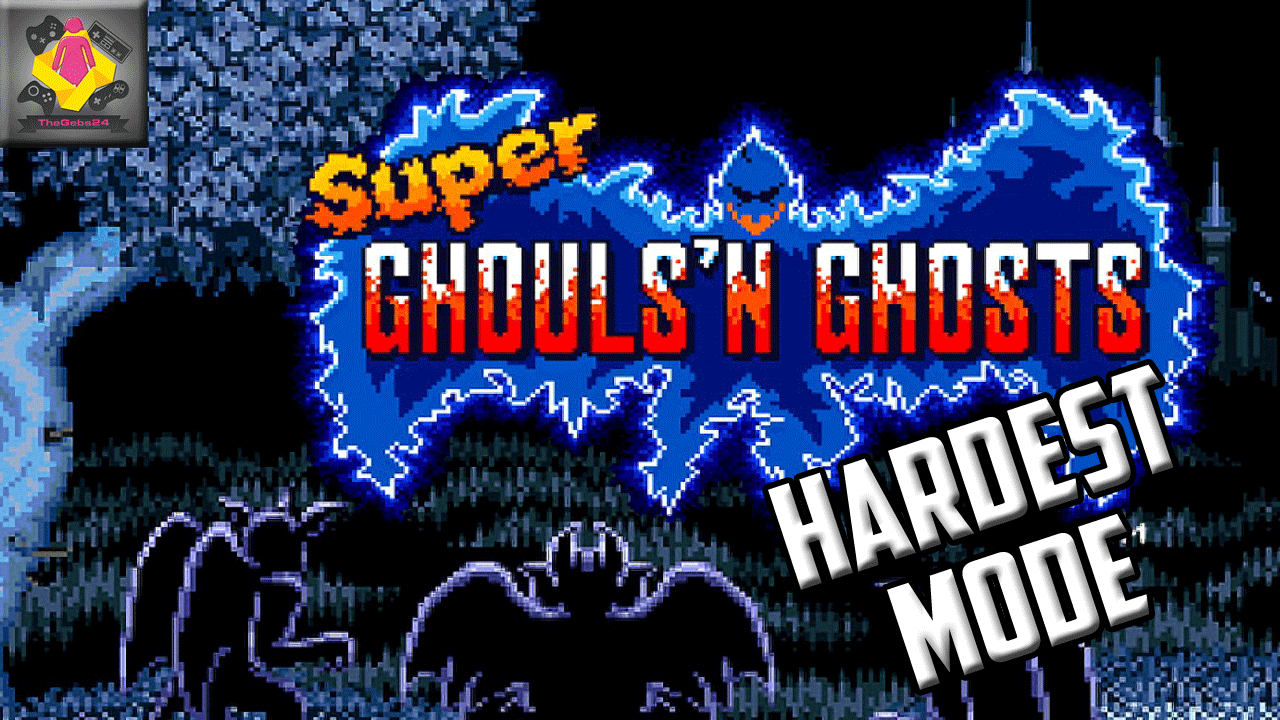
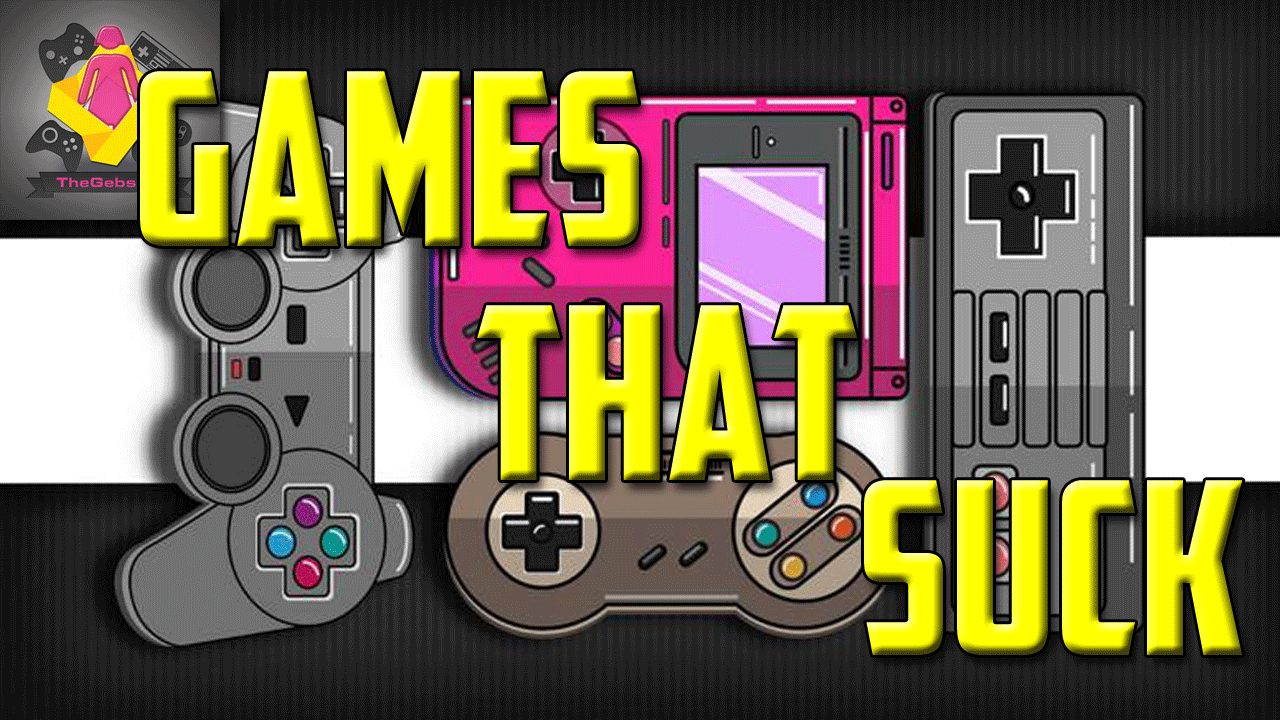
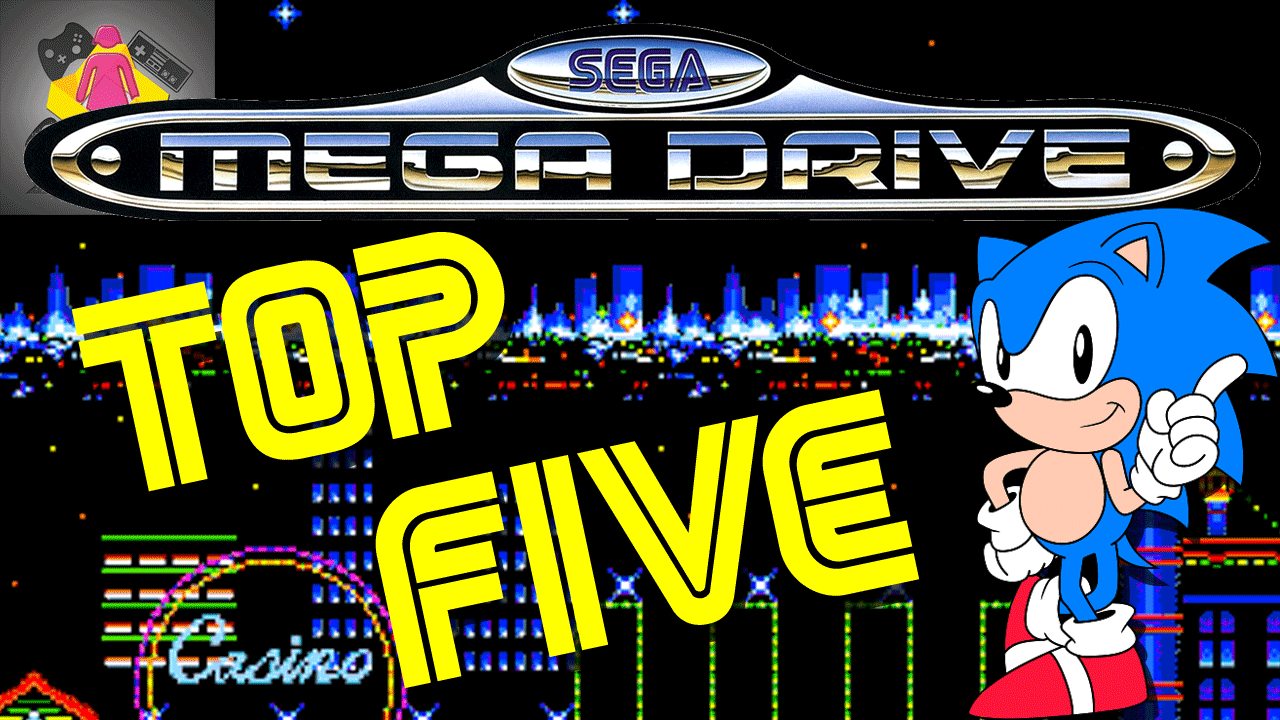
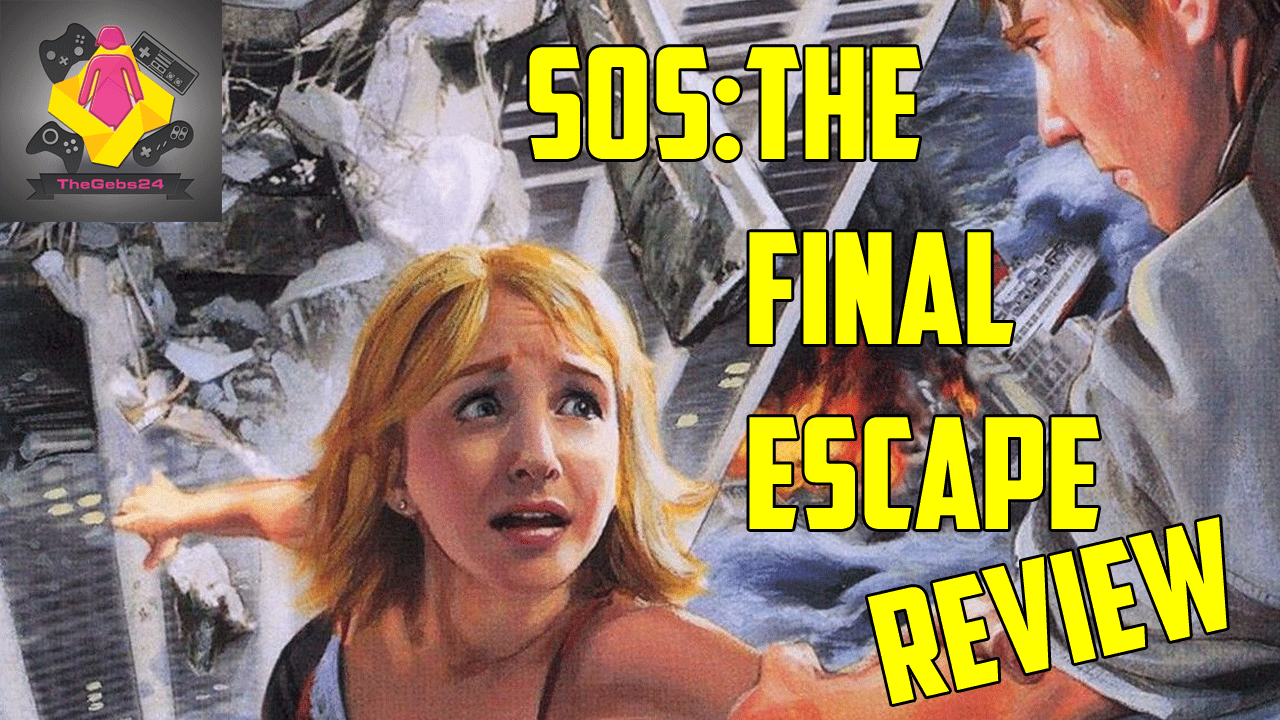
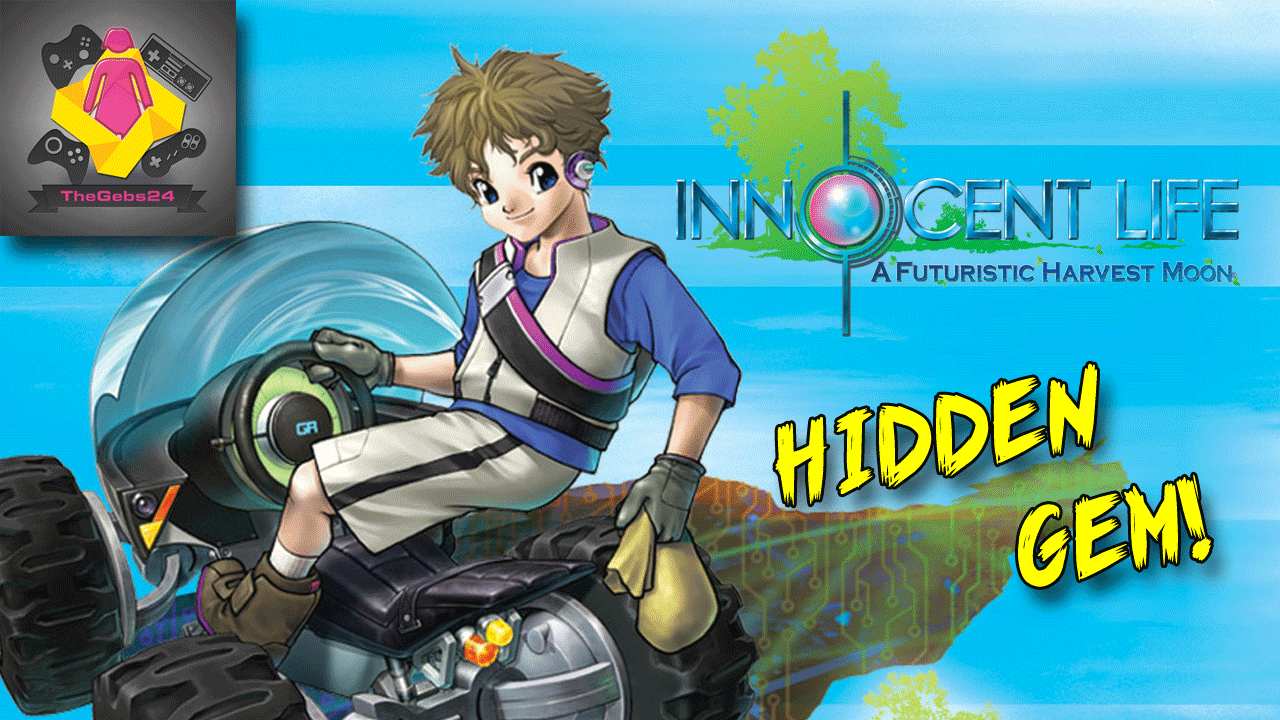
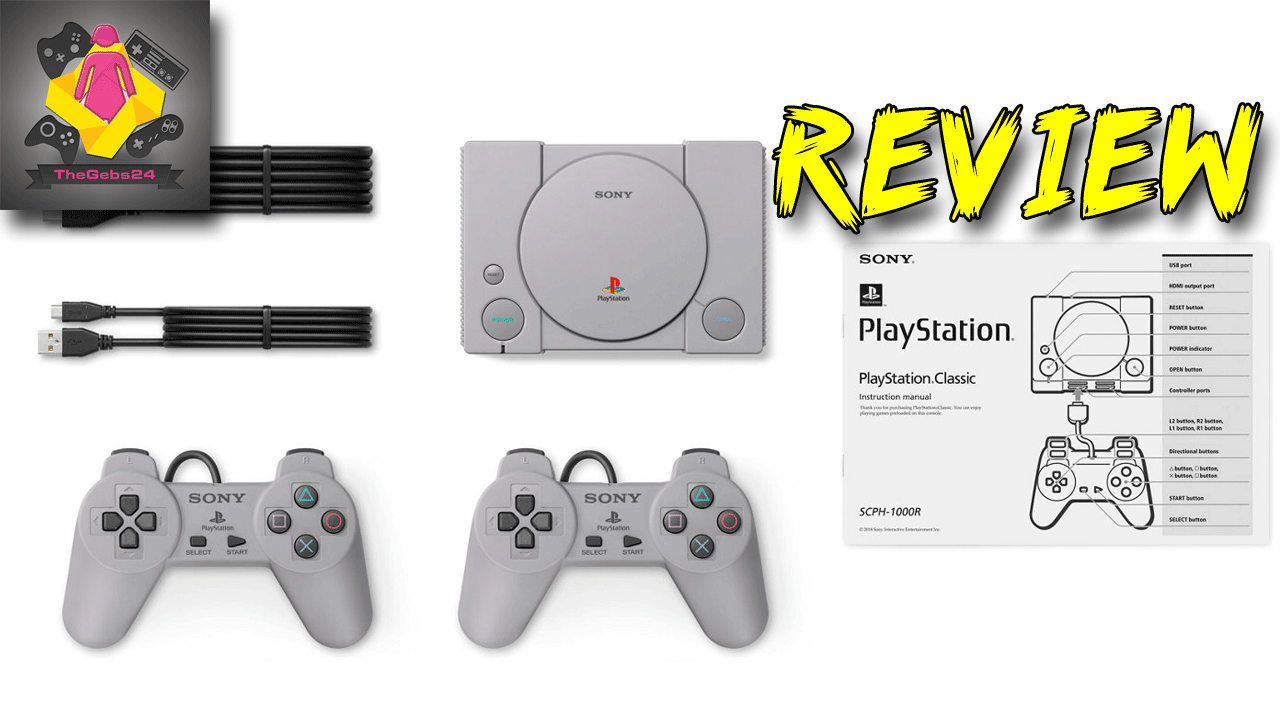
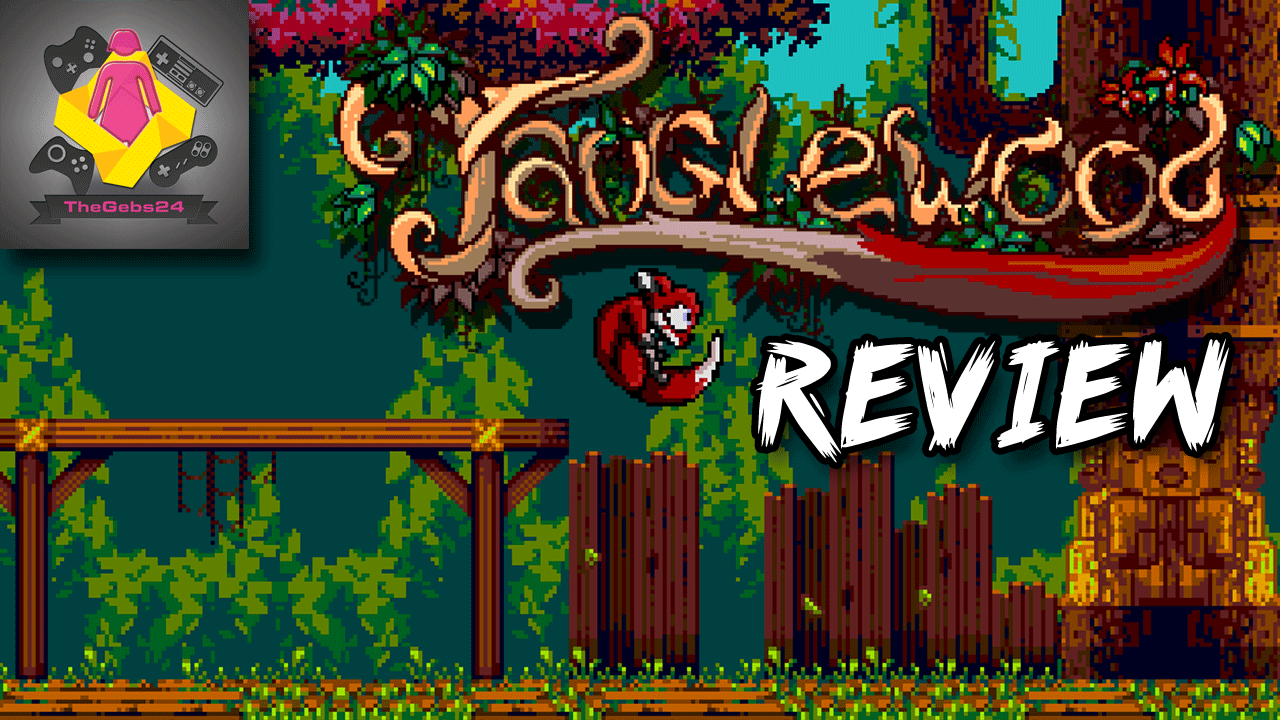
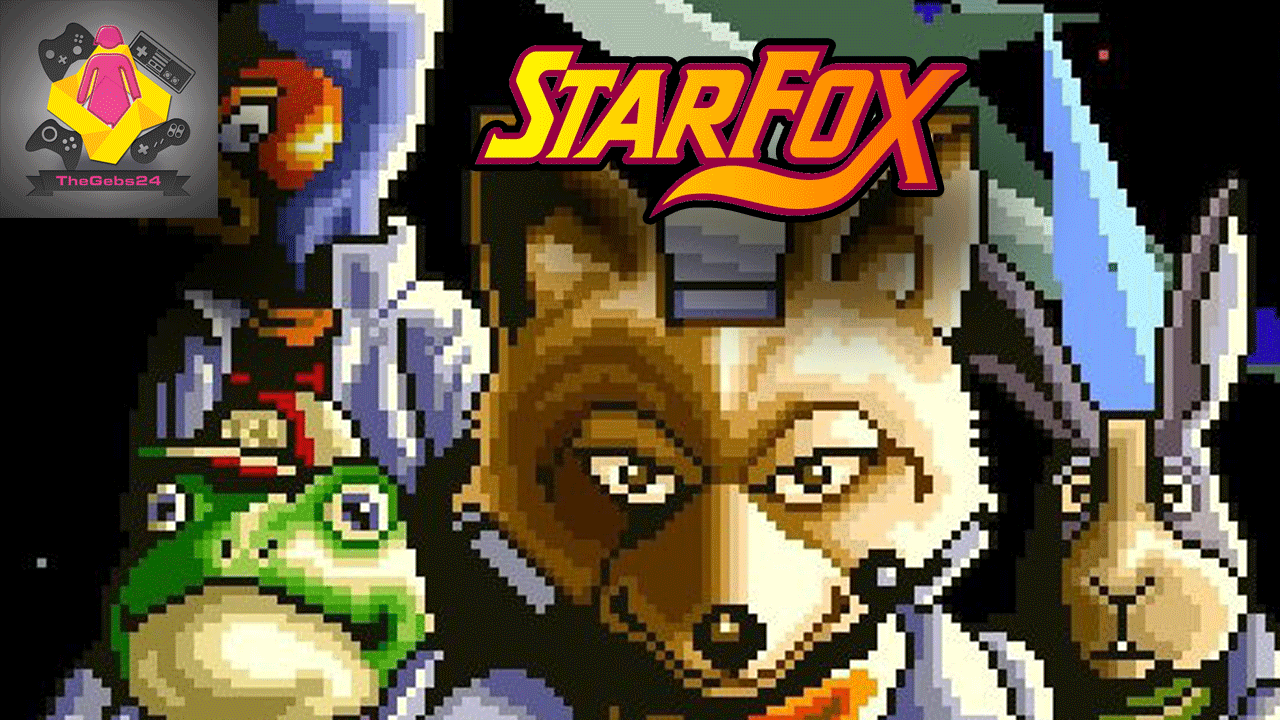
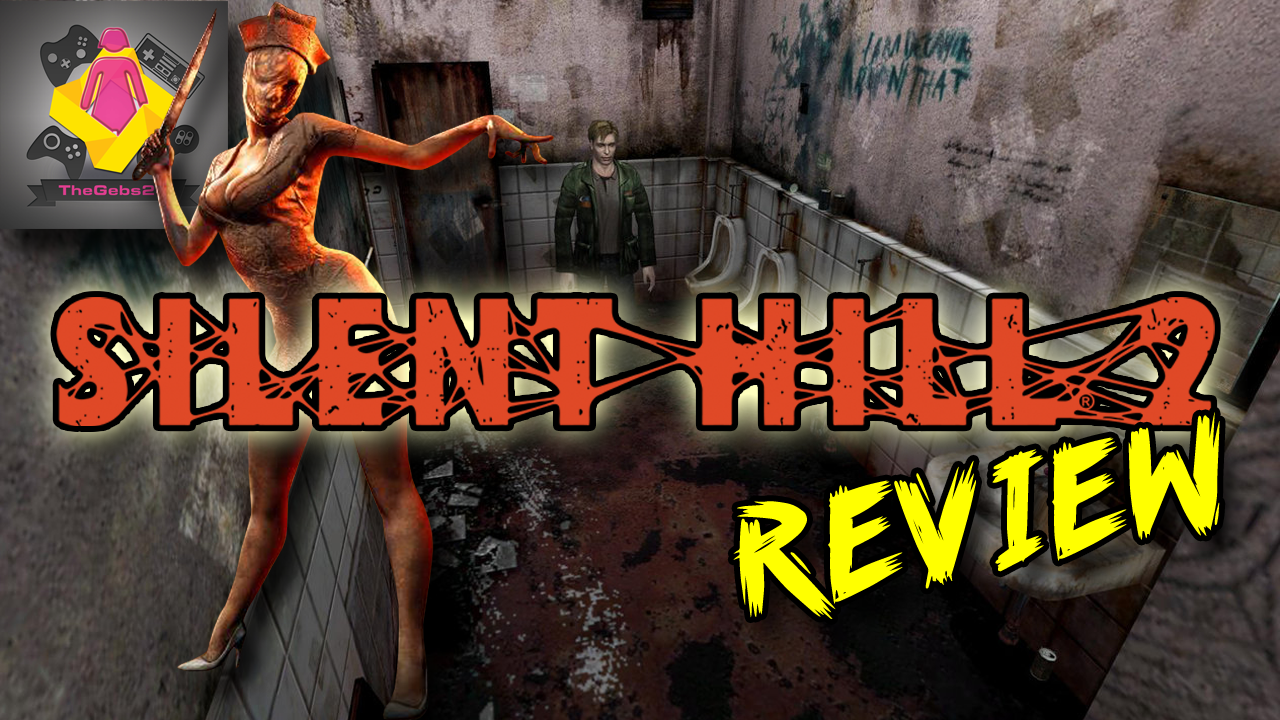
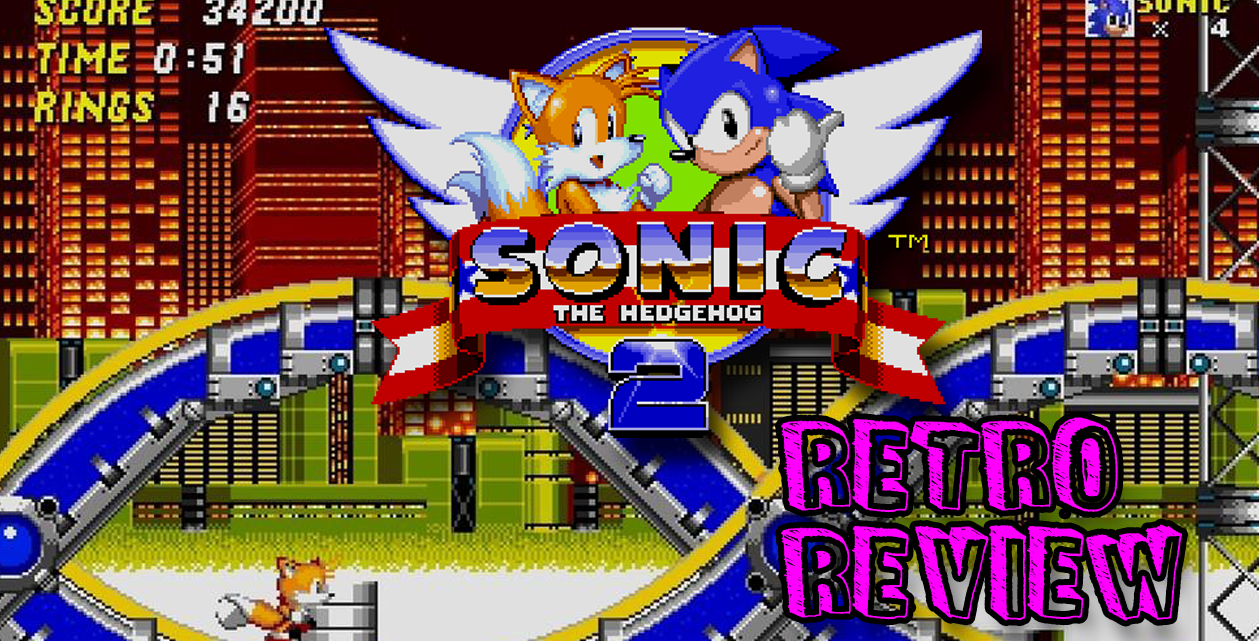
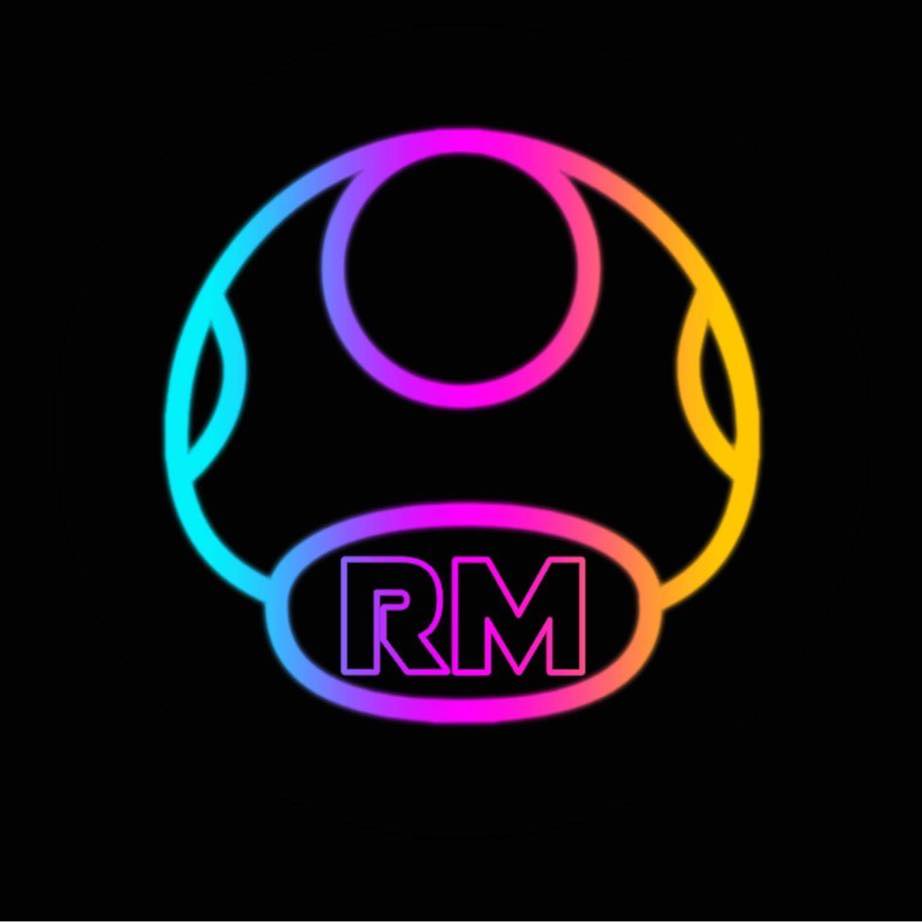
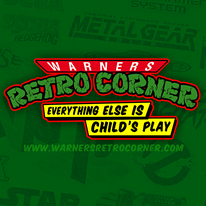

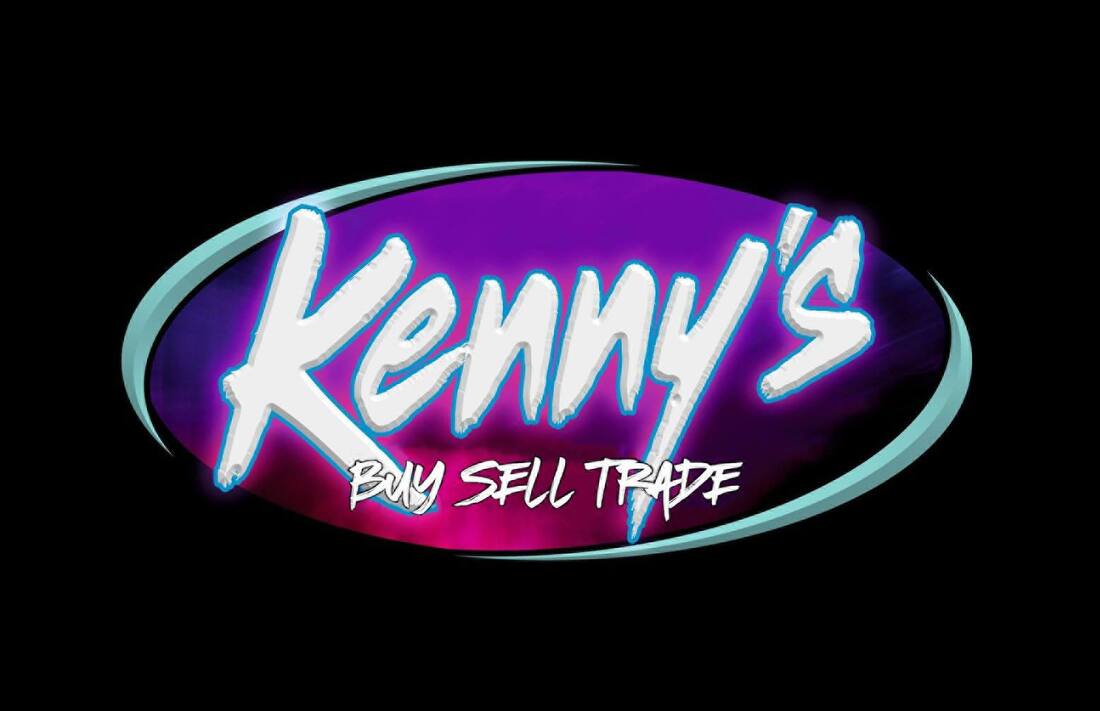
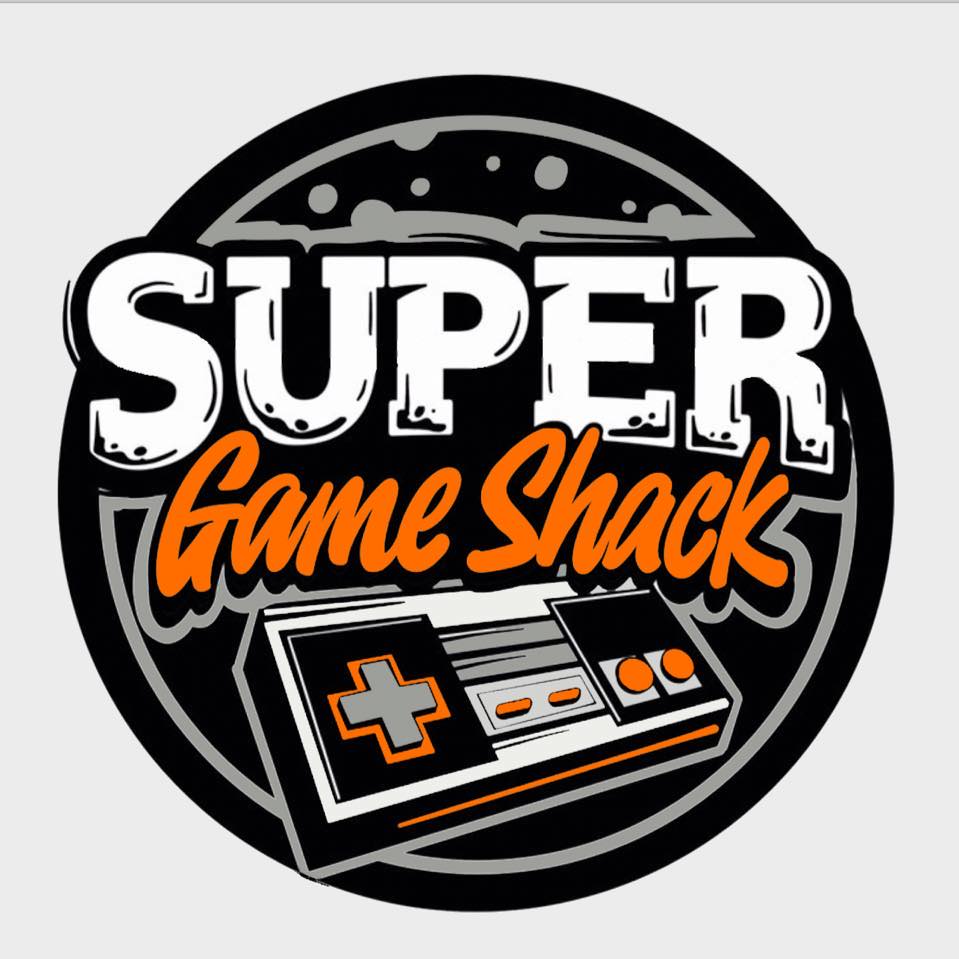
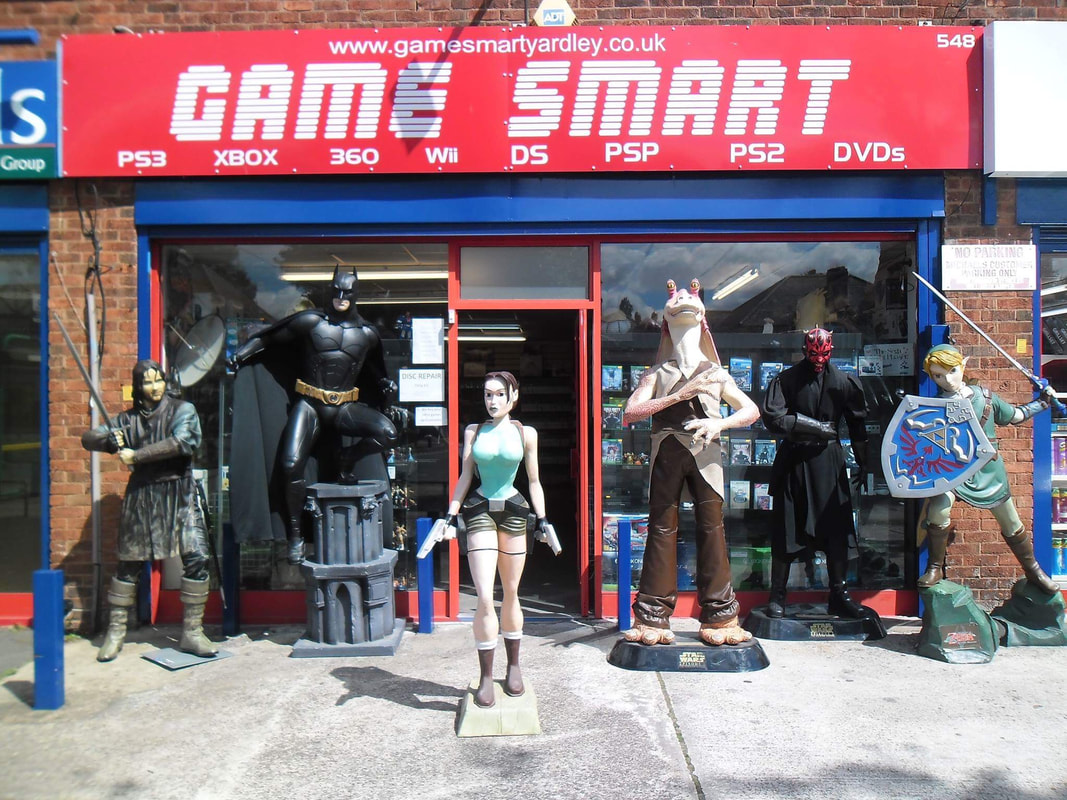
 RSS Feed
RSS Feed